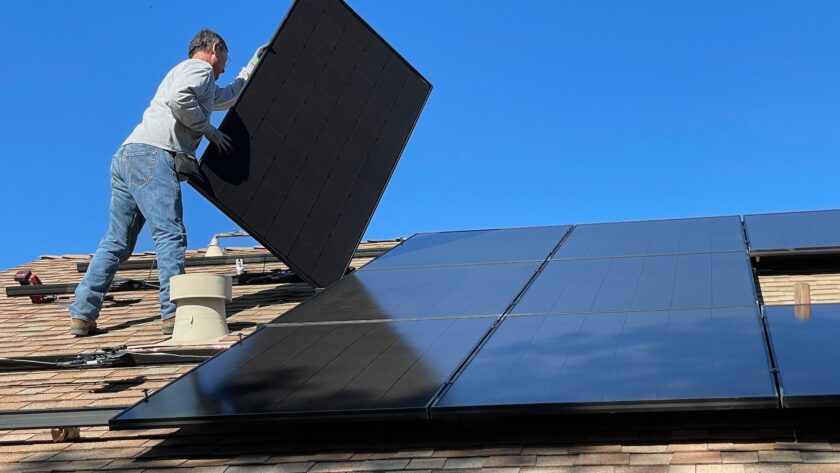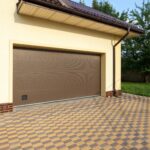Investing in roof solar panels is one of the most effective ways to save money and energy and reduce your carbon footprint. By choosing this alternative energy source, you can reduce your energy bills, avoid harmful carbon and pollutants, and enjoy the benefits of a long lifespan. In addition, there are many tax incentives available, making it a great investment.
Tax Incentives
Investing in a new roof with solar panels is a great way to help the environment. They are also a great way to save money on your electricity bills. The savings will depend on how much electricity you use and what kind of solar system you choose. But several different tax incentives may apply to your particular situation. The Federal Solar Tax Credit can reduce the cost of installing solar panels by up to 26%. You can claim the credit on your federal tax return, but the credit is only available for the solar panels you install on your property. Another good tax incentive is the Residential Clean Energy Credit, the Solar Investment Tax Credit. This incentive was designed to reward homeowners who install solar systems on their properties. Several state tax incentives can help pay for solar panels. In some states, such as New York, these incentives stack with the federal ones. If you’re interested in going solar, check with a local tax professional to ensure you’re getting all the tax incentives.
Reduce Harmful Carbon And Pollutants
Using solar panels can help reduce harmful carbon and pollutants in the environment. Using electricity from fossil fuels produces greenhouse gasses, which are a major source of air pollution. These harmful gases can also affect the climate. The electric power sector is one of the largest sources of greenhouse gases in the United States. It produced 1.448 billion metric tons of carbon dioxide in 2020. The electric power sector is responsible for 28% of all emissions. The electricity production process uses water, a significant contributor to greenhouse gases. Solar electricity generation uses water at a much lower rate than coal or natural gas power plants.
Solar energy can also help reduce the carbon footprint of a household. Using solar energy is one of the most sustainable forms of energy available. It is also free, which is one of the most attractive aspects of the technology.
The National Renewable Energy Laboratory launched the Solar America Initiative in 2006. The goal was to install 70-100 GW of photovoltaic systems in the U.S. by 2030. Solar energy is also available for use in brownfields and other low-quality locations. This can include existing transportation corridors and abandoned mining land.
Longevity
Whether you’re building a new home, renovating an existing one, or just looking to reduce your energy bill, understanding the longevity of roof solar panels is a key component of your energy goals. It helps you understand the upfront cost of going solar and helps you make smart energy choices that make sense for you. The most important is the quality of the panels you choose. The quality of the panel makes a big difference in the amount of power it can produce. For example, solar panels with high-quality, high-performance materials can last up to 30 years, while poor-quality panels can last less than five years. The longevity of roof solar panels largely depends on your area’s climate. For example, solar panels in desert regions will degrade faster due to increased exposure to UV light. In moderate climates, however, solar panels will retain their production capabilities for about 20 years.
Some of the most important factors to consider are the weather, the quality of the material, and the size of your roof. If you live in an area with frequent extreme weather conditions, consider installing a rain gauge or a rain sensor to prevent damage to your solar panel.
Proper Maintenance
Whether you own a home with solar panels or not, it’s important to ensure they are clean and working correctly. Most solar panels only need periodic cleaning and maintenance. However, there are some cases when maintenance is required sooner than expected. During the dry seasons, solar panels should be cleaned with a handheld brush. Use clean, lukewarm water to remove snow and dirt from the panels. If you need help with how to clean solar panels, contact an experienced technician. They can perform a thorough inspection and maintenance on your system. During winter, your solar panel will be prone to snow and debris. You can use a squeegee with a long handle to clear snow from the panels. However, keep in mind that hot water will likely crack your panels. In addition, some types of solar panels are more susceptible to damage from elements than others. For example, ground-based solar panels are more prone to damage than roof-based panels. You should check your manual for information on panel maintenance and repair.




